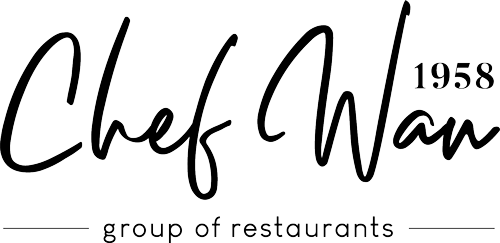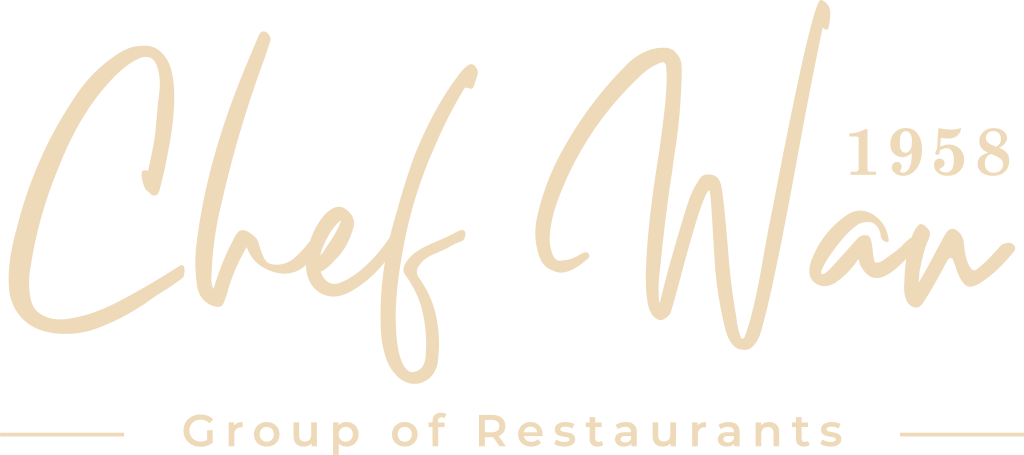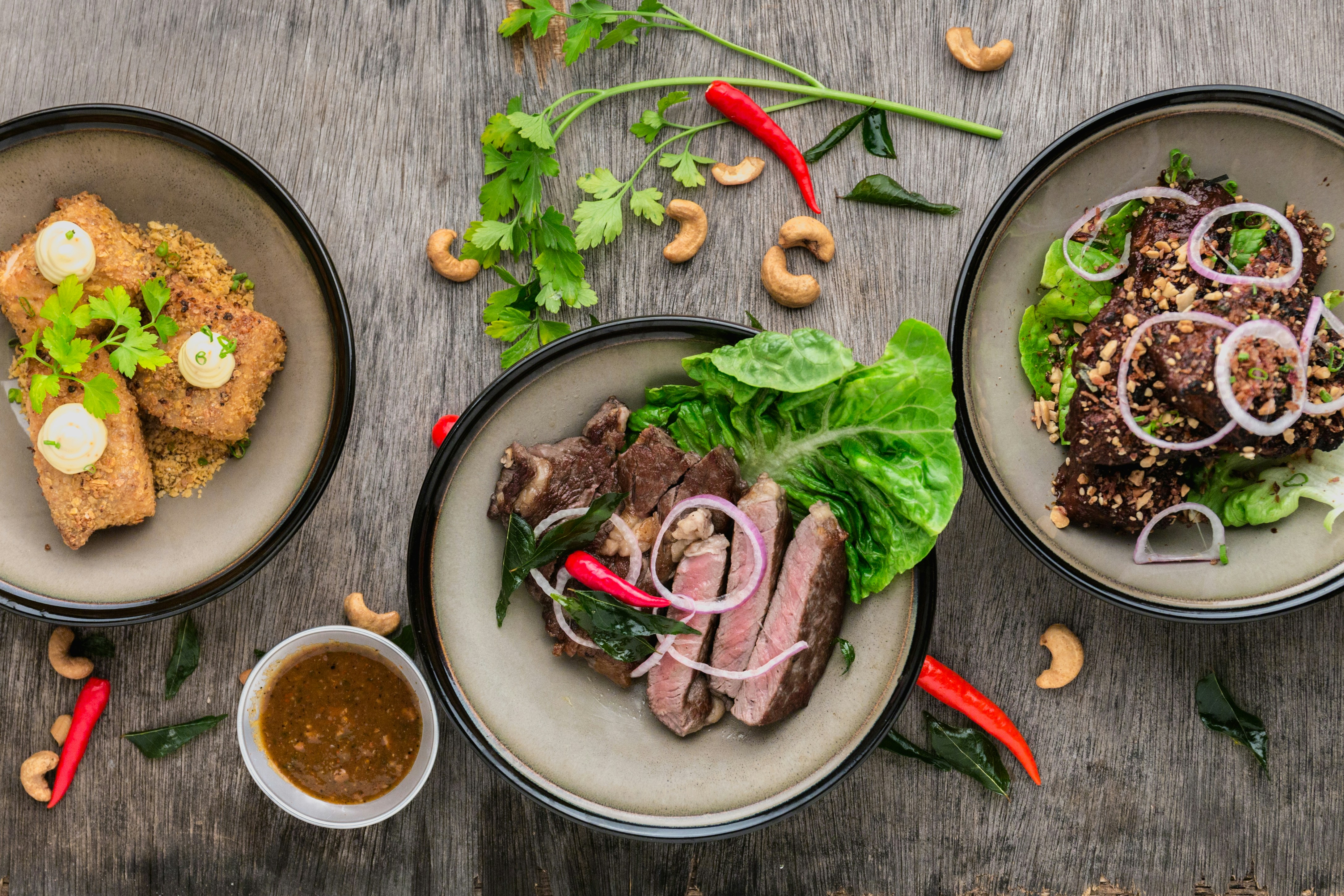Do you ever find yourself awestruck by the mouth-watering dishes served at restaurants, wishing you could recreate those flavors in your own kitchen? Well, it’s time to unlock your culinary potential and embark on a journey to cook deliciously! Whether you’re a cooking novice or a seasoned chef, this guide will equip you with the essential tips and techniques to create delightful dishes that will impress even the most discerning palate.
Introduction: The Art of Flavors
Cooking is more than just following a recipe; it is an art form that allows you to express your creativity and delight the senses. Embarking on this culinary adventure requires patience, an open mind, and a willingness to experiment with ingredients and flavors. So, don your apron and let’s dive into the world of delicious cooking!
The Essential Kitchen Tools and Ingredient Staples
Before we delve into the cooking process, it’s vital to have the right tools and ingredients at your disposal. Here are a few kitchen essentials that will make your cooking experience enjoyable and efficient:
-
Quality Knives: Invest in a set of sharp and reliable knives, including a chef’s knife, paring knife, and serrated knife. A good knife is the cornerstone of any proficient cook.
-
Cutting Board: Opt for a sturdy and spacious cutting board which provides ample space for chopping, slicing, and dicing ingredients.
-
Cookware: From non-stick pans to stainless steel pots, ensure your kitchen is equipped with versatile and durable cookware that can withstand various cooking methods.
-
Spices and Herbs: Stock up on an array of spices and herbs that elevate the flavor of your dishes. A combination of freshly ground black pepper, sea salt, paprika, turmeric, and cinnamon can transform ordinary meals into extraordinary ones.
-
Fresh Ingredients: Seek out the best quality ingredients, including locally sourced produce, meat, and seafood, to ensure your dishes are bursting with flavors.
Mastering Cooking Techniques
Now that you have your kitchen essentials in place, it’s time to explore some fundamental cooking techniques to create delicious dishes:
1. Sautéing
Sautéing involves cooking food quickly over high heat in a small amount of oil or butter. This technique helps to develop an appealing golden-brown color and a caramelized flavor. Remember to keep the food moving constantly to prevent burning or sticking to the pan.
2. Roasting
Roasting involves cooking food, usually meat or vegetables, in a hot oven. This method creates a crispy outer layer while ensuring a juicy and flavorful interior. Brushing the ingredients with oil, seasoning with herbs and spices, and using high heat are keys to achieving optimal results.
3. Braising
Braising is a slow-cooking method that involves browning food in fat and then simmering it in a flavorful liquid. This technique is perfect for tough cuts of meat that need time to become tender and develop rich flavors. The low and slow cooking process allows the flavors to meld and intensify.
4. Stir-Frying
Stir-frying is a fast and dynamic cooking technique originating from Asian cuisine. Heat a wok or a large skillet over high heat, add a small amount of oil, and then cook small pieces of ingredients quickly. Keep the ingredients moving constantly to retain their vibrant colors and crisp texture.
5. Baking
Baking is a precise cooking method that involves using dry heat in an oven. This technique is mainly used for pastries, bread, cakes, casseroles, and more. Following the recipe and understanding the science behind baking, including proper measurements, temperatures, and timing, will lead to delightful creations.
Conclusion: Unleash Your Inner Master Chef
Cooking deliciously doesn’t have to be an arduous task or confined to professional chefs. By equipping yourself with the right tools, ingredients, and cooking techniques, you can transform your kitchen into a culinary hub. So, gather your loved ones, experiment with flavors, and ignite your creativity as you embark on a journey to create delectable dishes that will tantalize taste buds and create lasting memories.
FAQ (Frequently Asked Questions)
Q1: How do I know if my ingredients are fresh?
A1: For fruits and vegetables, look for vibrant colors, firm textures, and no signs of spoilage. For meat and seafood, ensure they have a fresh smell, shiny appearance, and are stored at the appropriate temperature.
Q2: Can I substitute fresh herbs with dried ones?
A2: While fresh herbs provide a more pronounced flavor, you can substitute dried herbs if fresh ones are not available. Remember to use a smaller quantity of dried herbs as they are more potent.
Q3: How can I prevent my food from sticking to the pan while sautéing?
A3: Ensure your pan is preheated properly before adding the oil or butter. Additionally, make sure your food is dry and at room temperature before placing it in the pan. Continuous movement of the food while sautéing also prevents sticking.
Q4: How can I tell if the meat is cooked to the right temperature?
A4: Invest in a reliable instant-read thermometer to check the internal temperature of the meat. Different meats have different recommended temperatures for doneness, so always refer to a temperature guide for accurate results.
Q5: How can I create a crispy crust when baking bread or pastries?
A5: Achieve a crispy crust by preheating your oven to the recommended temperature and using a baking stone or preheated baking sheet. Steam can also help create a crisp crust, so you can place a tray of water in the oven while baking.
Now that you have some cooking techniques under your belt, feel free to experiment, explore flavors, and let your creativity soar in the kitchen. Remember, cooking deliciously is a continuous learning experience, and the more you cook, the better you become. Enjoy the unforgettable journey of culinary delights!



